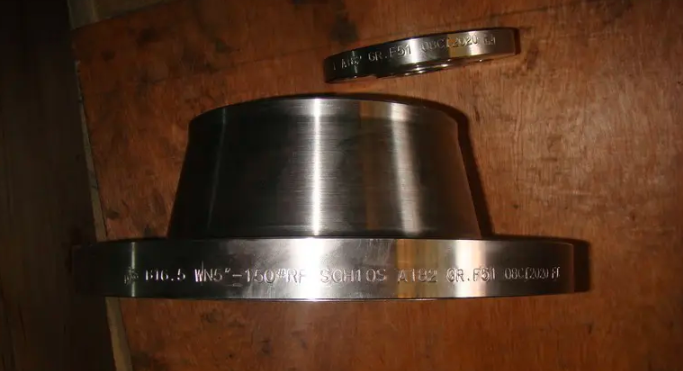Flange Engraver: Revolutionizing Industrial Marking and Identification

Introduction
Given their essential role, ensuring their identification is paramount. This is where the flange engraver comes in. This specialized machine is designed to engrave essential details on flanges, such as part numbers, material specifications, serial numbers, and other critical information. This article explores the significance of flange engraving, the technology behind flange engravers, their benefits, and how they contribute to enhancing industrial operations.
Why is Flange Engraving Important?
Flanges serve as connecting elements in a vast array of industrial applications. As such, they need to be easily identified, traced, and inspected. The engraving process on flanges is an essential part of quality control and product integrity. Here are a few reasons why flange engraving is important:
1. Identification and Traceability
Marking flanges with specific identification information makes it easier to track each part’s origin, material type, pressure rating, and manufacturing history. This traceability is particularly important when maintenance or replacement is required, ensuring that the right parts are used.
2. Regulatory Compliance
In many industries, such as oil and gas or aerospace, regulatory bodies require that parts like flanges be clearly marked with specific information. Engraving helps companies stay compliant with these regulations by clearly displaying critical data like pressure ratings, material certification, and manufacturing standards.
3. Quality Control
This allows manufacturers to track the production process and conduct quality checks. If issues arise with a specific batch or production run, it’s much easier to trace back to the origin of the problem when the flanges are properly marked.
4. Safety
Flange markings contribute to operational safety, especially in hazardous environments. Knowing the flange’s pressure ratings, material type, and inspection certifications allows operators to make informed decisions about the system’s integrity, reducing the risk of accidents or system failures.
How Does a Flange Engraver Work?
A flange engraver works by etching precise and permanent markings onto the surface of a flange. There are various technologies and methods available for engraving, but most flange engravers rely on mechanical or laser technologies to achieve the desired results.
1. Mechanical Engraving
Mechanical engraving, also known as rotary engraving, uses a high-speed rotating tool to carve markings onto the surface of the flange. This process is ideal for creating deep, permanent markings on hard materials like steel and stainless steel. The rotary engraver can be programmed to engrave part numbers, serial numbers, logos, and other essential details.
Advantages of Laser Engraving:
- Precision: Laser engraving is known for its extreme precision, producing very fine and detailed markings that are highly readable.
- Customization: Laser engravers can produce custom designs, including logos, text, and complex patterns.
3. Dot Peen Marking
This technology uses a stylus or pin that strikes the surface of the flange to create a series of dots that form the desired text or image.
Read also: Daniel G Kamin Net Worth: Business Leader’s Financial Success
Advantages of Dot Peen Marking:
- Durability: Dot peen markings are deep and permanent, ensuring they withstand harsh industrial environments.
- Cost-effective: Dot peen systems tend to be less expensive than laser engraving systems while still providing durable and precise markings.
- Speed: This method is fast and efficient, making it ideal for high-volume production.
1. Enhanced Traceability and Accountability
With a flange engraver, each flange can be marked with a unique serial number, part code, and other critical details. This ensures that each part is traceable throughout its lifecycle, from production to installation and maintenance. Enhanced traceability helps manufacturers identify specific parts in case of defects or failures, reducing the time and cost associated with product recalls or replacements.
2. Increased Efficiency
Flange engraving machines can operate at high speeds, allowing manufacturers to mark large volumes of flanges in a short period. This increased efficiency boosts productivity and reduces operational costs, making it easier to meet customer demand without sacrificing quality.
Conclusion
Flange engraving plays an essential role in maintaining safety, quality, and traceability in a wide range of industries. With the ability to mark flanges with important details such as serial numbers, material types, and pressure ratingsflange engraver enhance operational efficiency, regulatory compliance, and quality control. Whether using mechanical, laser, or dot peen engraving, this technology ensures that flanges are durable, precise, and permanently marked for future reference. As industries continue to demand higher standards of precision and accountability, flange engraving remains a crucial tool for manufacturers and suppliers in ensuring the integrity of their products.





